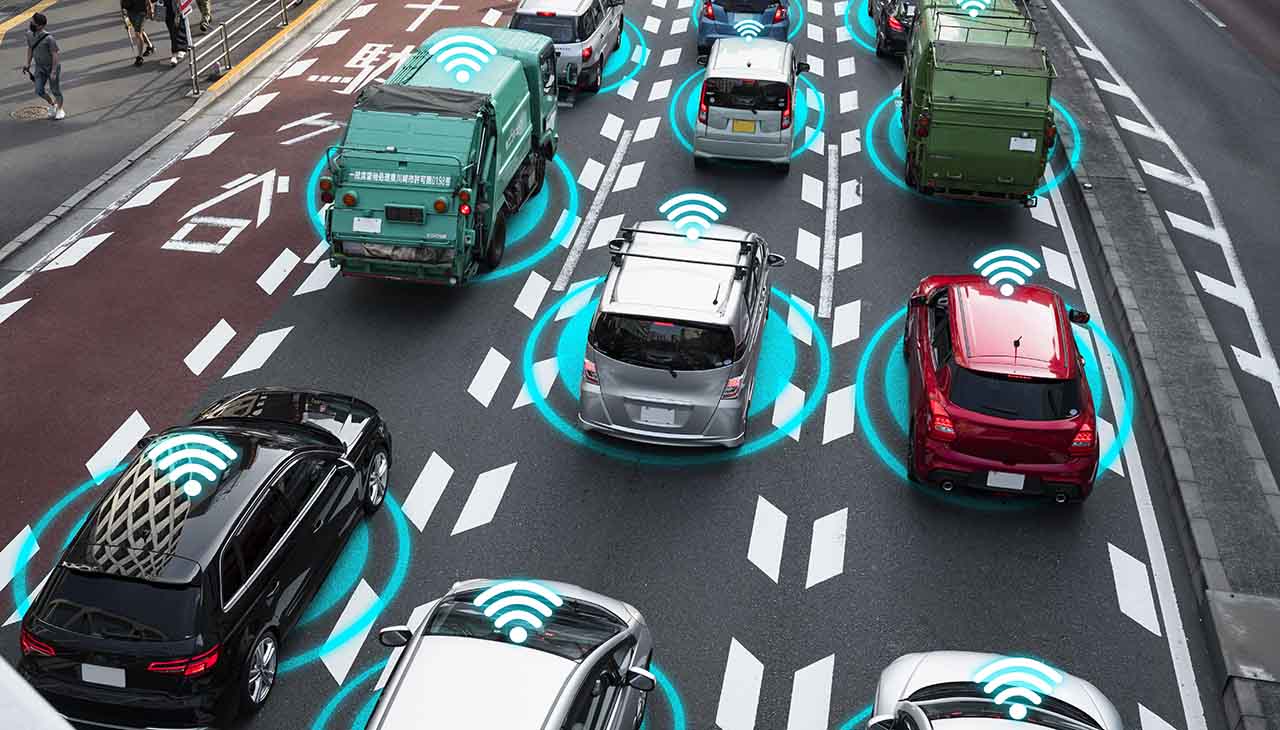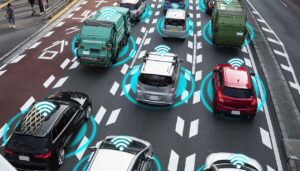
The concept of autonomous vehicles, often visualized in the realms of science fiction, is swiftly becoming a reality. This revolutionary technology promises to reshape the way we perceive and interact with transportation, offering unprecedented levels of efficiency and safety. As we stand on the cusp of this automotive evolution, it’s crucial to explore the potential impacts of autonomous vehicles on our daily lives, urban planning, and the environment. This introduction aims to provide a comprehensive overview of autonomous vehicle technology, its current state, and the future possibilities it holds.
Benefits of Autonomous Vehicles
Safety Improvements
Autonomous vehicles stand to significantly enhance road safety by reducing human error, which is the primary cause of most traffic accidents. Equipped with advanced sensors and AI algorithms, these vehicles can make split-second decisions to avoid collisions, obey traffic regulations meticulously, and maintain safe distances from other road users.
Reduced Traffic Congestion
Traffic flow can be greatly optimized with the widespread adoption of autonomous vehicles. By communicating with each other and with traffic management systems, these vehicles can effectively reduce bottlenecks and improve overall traffic efficiency. This not only minimizes travel times but also contributes to a smoother driving experience.
Environmental Benefits
The precision driving of autonomous vehicles leads to more efficient fuel use, cutting down on emissions. Additionally, the integration of electric vehicles in the autonomous fleet can further alleviate the carbon footprint of our transportation systems, contributing to cleaner air and a healthier planet.
Increased Mobility for Elderly and Disabled Individuals
One of the most significant social impacts of autonomous vehicles is the independence and mobility they offer to individuals who are elderly or have disabilities. This technology can provide them with convenient access to transportation, significantly enhancing their quality of life by increasing their ability to participate in various social and economic activities.
Potential Cost Savings
The automation of driving tasks can lead to substantial cost savings for individuals and society. Reduced accidents mean lower insurance premiums and healthcare costs, while optimized driving can decrease fuel consumption and wear-and-tear on vehicles. Additionally, the efficiency gained from reduced traffic congestion can save countless hours that would otherwise be lost to commuting.
Challenges and Concerns
Despite the promising benefits of autonomous vehicles, there are several challenges and concerns that need addressing before their full potential can be realized.
Technological Limitations
The technology underlying autonomous vehicles, although advanced, is not without its limitations. Ensuring these vehicles can effectively handle complex driving scenarios, such as poor weather conditions or unexpected road obstacles, remains a significant challenge. Additionally, the high cost of these technologies may initially limit their accessibility.
Legal and Regulatory Hurdles
The introduction of autonomous vehicles presents a complex array of legal and regulatory challenges. Legislatures around the world must develop new frameworks to accommodate these vehicles on public roads, addressing issues such as liability in accidents, privacy concerns, and the standardization of technology.
Job Displacement in the Transportation Industry
The rise of autonomous vehicles is likely to disrupt the transportation industry, leading to job displacement for millions of drivers worldwide. This shift necessitates thoughtful strategies for workforce transition, including retraining programs and support for affected workers.
Cybersecurity Risks
With the increased reliance on digital technologies, autonomous vehicles are vulnerable to cybersecurity threats. Ensuring the security of these vehicles against hacking and other cyber attacks is crucial to protect the safety of passengers and the integrity of transportation infrastructure.
Economic and Social Impact
Disruption of Traditional Transportation and Logistics Industries
The advent of autonomous vehicles is poised to revolutionize the transportation and logistics sectors, streamlining operations and enhancing efficiency. With the ability to operate around the clock without human intervention, these vehicles are expected to significantly reduce delivery times and costs, transforming supply chain management practices. However, this shift also raises concerns over job losses in traditional transport roles, urging a reevaluation of workforce development and retraining programs.
Changes in Urban Planning and Infrastructure
Autonomous vehicles necessitate a rethinking of urban planning and infrastructure. Cities may need to redesign road networks, traffic management systems, and parking facilities to accommodate these vehicles. The potential for reduced car ownership could free up large areas currently devoted to parking, opening opportunities for more green spaces and pedestrian areas, ultimately fostering more livable and sustainable urban environments.
Impact on Car Ownership and Usage Patterns
Autonomous vehicles could alter traditional models of car ownership and usage significantly. The convenience and cost-effectiveness of on-demand autonomous vehicle services may encourage a shift from private car ownership to shared mobility solutions. This transition could lead to fewer cars on the road, reducing traffic congestion, lowering emissions, and promoting more efficient use of vehicles through ride-sharing and fleet management strategies.
Influence on Public Transportation Systems
The integration of autonomous vehicles presents both opportunities and challenges for public transportation systems. On one hand, these vehicles can complement existing public transit, providing last-mile connectivity and improving access to transport services in underserved areas. On the other hand, they could compete with public transportation, potentially drawing riders away and impacting the funding and viability of traditional transit services. Policymakers and transit authorities will need to carefully balance these dynamics to optimize the benefits of autonomous vehicles while safeguarding public transportation’s role in urban mobility.





